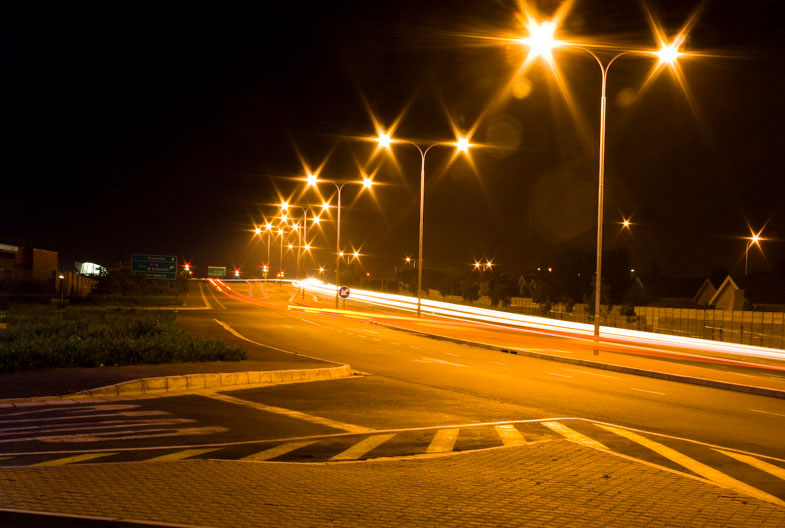The light of street lights breaks the ecological balance
In a study published in the British Journal of Biology Letters on May 23, scientists from the University of Exeter, South West England cited that street lights had a very strong impact on the number and density of insects, "favor" for this species but "mistreat" with other species.
This conclusion again raises a warning bell about human impact on nature.
In order to obtain the above results, in August 2011, the research team, led by Thomas Davies, placed insect traps at different locations in Helston - a small town in Conrnwall. They collected 1,194 insects of 60 different species.
Scientists have found that frequent exposure to street light is a significant factor affecting the number of insects and common species.

Five species of insects, such as ants, cockroaches, wood weevils, etc., come into pieces of glue that are placed just below the street lights, which are far more numerous than the glue pieces placed at the distance between two street lights.
Streetlights also attract more predatory insects and scavengers.
From the perspective of biological structure, street light changes the environment at a higher level than any previous record. This leads to the risk that street lights can alter the structure and function of the ecosystem.
Road lighting facilities are being improved rapidly with an average speed of 6% per year worldwide. But so far, its impacts on wildlife have not been thoroughly studied.
In the past, there was also evidence that oral street lights affected the biological clock of urban birds, deceiving senses and making them go for longer.
Street lamps also affect the feeding habits of mammals such as foxes, mice, and bats.
Scientists expressed concern about the introduction of a new generation of public lighting systems using liquid glass halogen technology or LEDs (light-emitting diode). These technologies help the lights glow at wider wavelengths.
The team warns that this initial information has not yet fully reflected the effects of artificial light on the environment.
- New street lamp design helps reduce light pollution
- Intelligent street lighting adjusts lighting
- Moon polishing project
- China installs wifi traffic lights, charging electricity
- 'Talking' street lamps
- Street light turns on as the vehicle approaches
- Too bright street lights increase crime
- Video: The world alerted to light pollution
- Green lights help prevent suicide and committing crimes
- Smart street light saves 80% of energy
- Install underground traffic lights for phone addicts
- 'Intelligent' lighting system
 'Fine laughs' - Scary and painful torture in ancient times
'Fine laughs' - Scary and painful torture in ancient times The sequence of numbers 142857 of the Egyptian pyramids is known as the strangest number in the world - Why?
The sequence of numbers 142857 of the Egyptian pyramids is known as the strangest number in the world - Why? History of the iron
History of the iron What is alum?
What is alum?